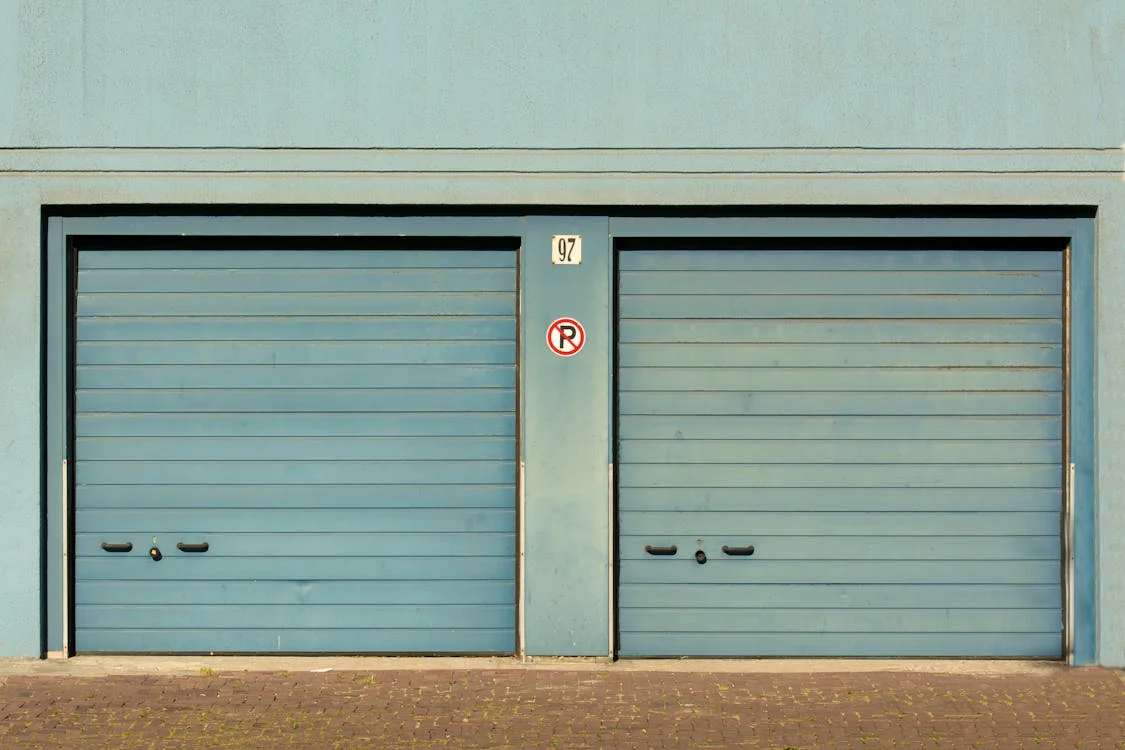Our garage doors face a barrage of challenges – harsh weather, constant use, and wear and tear over time. These factors can lead to a variety of problems, hindering functionality and potentially compromising security. However, before calling for a garage door repair service, familiarizing yourself with common issues and potential solutions can help you get your door back on track. Let’s explore some frequently encountered garage door problems and see how you might address them yourself.
Keeping Your Garage Door Running Smoothly
The best way to avoid major garage door problems is through preventive maintenance. Here are some simple tips:
- Regular Inspection: Visually inspect your garage door for signs of wear and tear, loose parts, or damage. Address minor issues promptly to prevent them from escalating into bigger problems.
- Seasonal Maintenance: At least twice a year, lubricate the moving parts and clean the photoelectric safety sensors.
- Professional Tune-Ups: Consider scheduling a professional tune-up every 1-2 years for a more comprehensive inspection and potential adjustments.
Remember, for complex repairs or safety concerns, don’t hesitate to call a qualified residential garage door services provider to ensure your garage door remains reliable and secure.
Identifying Common Garage Door Issues
Here are some signs that your garage door might need some attention:
- Unusual Noises: Grinding, screeching, or clanging noises can indicate a lack of lubrication or worn-out components.
- Uneven Movement: A jerky or uneven movement can be caused by misaligned tracks, worn rollers, or a faulty opener.
- The Door Won’t Open or Close Completely: This could be due to sensor obstructions, a problem with the opener, or a broken spring (which requires professional attention).
- Remote Control Not Working: Dead batteries or a malfunctioning receiver in the opener might be the culprit.
- The Door Doesn’t Automatically Reverse: A faulty safety sensor or a malfunctioning auto-reverse mechanism could be responsible for this safety feature failing.
Taking Matters into Your Own Hands
For some problems, a DIY approach can get your garage door functioning smoothly again. Here’s a breakdown of some potential solutions:
- Lubrication: Apply a silicone-based lubricant to the moving parts of the door, including the hinges, rollers, and the opener track. Consult your garage door manual for specific lubrication points.
- Sensor Alignment: Clean any dirt or debris obstructing the photoelectric safety sensors located on either side of the door near the floor. Ensure the sensors are properly aligned with one another.
- Remote Control Battery Replacement: Replace the batteries in your remote control with fresh ones. Consult the manual for the correct battery type.
- Checking the Opener: Disconnect the opener from the power source and manually lift the door. If the door lifts easily, the issue might lie with the opener itself. Consult the manual for troubleshooting steps or consider professional repair.
When to Call in the Professionals
While some issues can be addressed with a DIY approach, there are situations where professional help is crucial:
- Broken Springs: Garage door springs are under immense tension and can be dangerous to replace without proper training and tools. If you suspect a broken spring, call a professional immediately.
- Misaligned Tracks: Severely misaligned tracks can compromise the door’s safety and functionality. Professional garage door repair service is recommended for realignment.
- Electrical Issues: If the problem seems to be electrical, such as a malfunctioning circuit board in the opener, leave it to a qualified electrician to avoid potential hazards.
- Complex Repairs: For complex repairs involving opener mechanisms, cables, or extensive door damage, professional expertise is necessary to ensure safety and proper functionality.
Conclusion
A well-functioning garage door is essential for a secure home, especially if your garage is a converted space or used for storage. By familiarizing yourself with common garage door issues and potential DIY fixes, you can address minor problems yourself.


